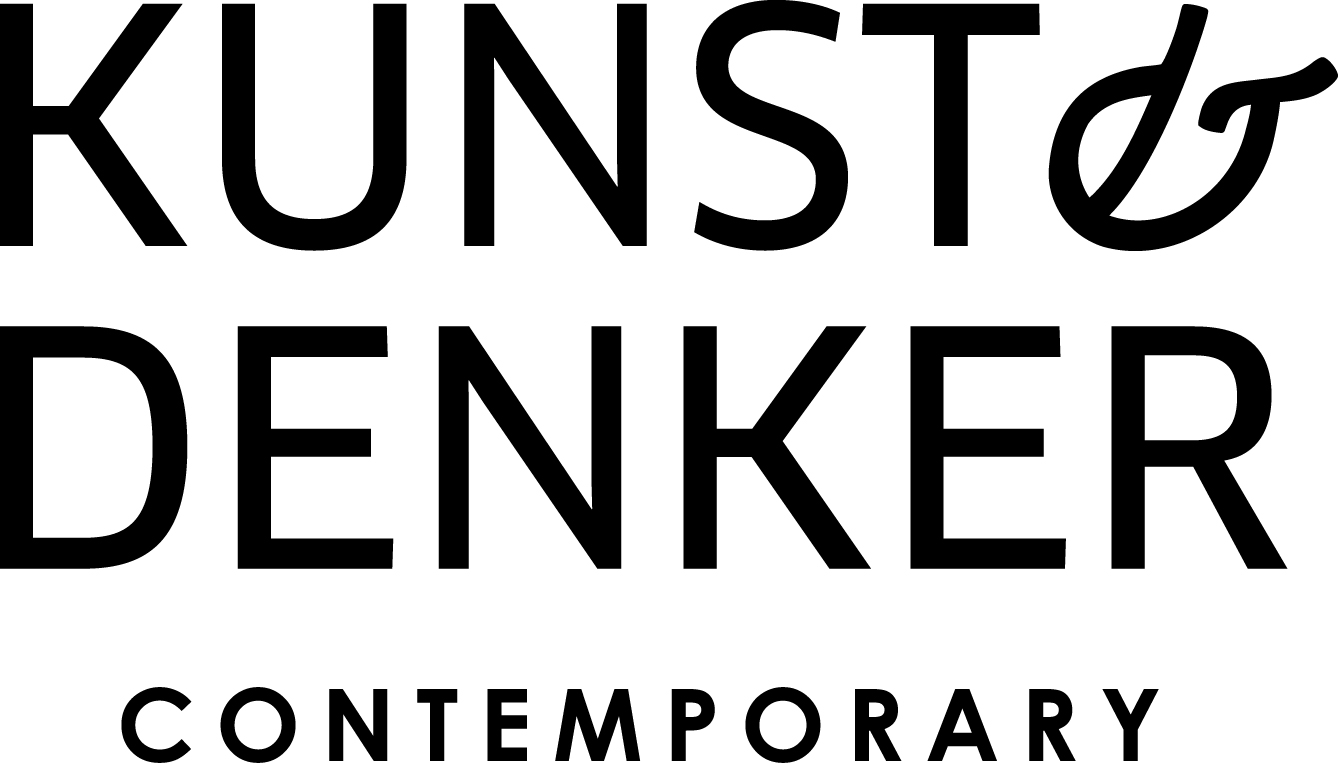LOUISA CLEMENT
English below
Louisa Clement (* 1987 in Bonn) hat ihr Studium 2015 als Meisterschülerin bei Andreas Gursky an der Kunstakademie Düsseldorf abgeschlossen. Neben dem renommierten Max-Ernst-Stipendium der Stadt Brühl, erhielt sie danach den Förderpreis des Landes Nordrhein-Westfalens für Bildende Kunst und imselben Jahr das Stipendium der Konrad-Adenauer-Stiftung.
Menschliche Präsenz im Künstlichen auf der einen, künstliche Präsenz im Menschlichen auf der anderen Seite: Vielgestaltig reflektieren Louisa Clements Arbeiten die Lebensbedingungen und Themen einer westlichen, urban geprägten Generation am Beginn des 21. Jahrhunderts. Ihre Werke basieren auf Beobachtungen und Fundstücken des Alltags. In konzeptueller Annäherung entwickeln sich hieraus Fragestellungen und Bildlösungen, die unter die Oberflächen, ins Subkutane zielen.
Die Grenze zwischen dem fotografischen und dem malerischen Bild ist nicht scharf gezogen, weder in ästhetischer noch in technischer Hinsicht, und sie ist nach beiden Seiten hin durchlässig. Ein ganz eigenes, in vieler Hinsicht noch zu erforschendes künstlerisches Feld tut sich entlang dieses Grenzbereichs auf. Louisa Clements Bilder beschäftigen sich damit, die Differenz zwischen Fotografie
und Malerei infrage zu stellen. Das Auflösen von festen und klar definierten Strukturen ist folgerichtig ein wesentliches Moment ihrer Arbeiten.
engl.
Louisa Clement's practice delves into the ever-shifting notion of identity as our society gets confronted with new forms of communication, standardisation and recognition brought along by the digital age. Through photography, video, sculpture, installation and VR, her practice questions physicality and the dynamics of collective interaction at a time where the virtual has long outgrown its own sphere and the fragile categories of individual and reality escape their traditional paradigms. Clement’s essential aim at dissolving defined structures is also emphasized by the constant swinging of her work between abstraction and figuration and by her making use of a broad range of media to mimic the fluidity of the subject she examines, which indirectly reflects the extent of her investigation rooted in the fluctuating and networked condition of our times.
In the series Avatar, Disruptions, Gliedermensch and Heads, sleek mannequins photographed by the artist with her iPhone’s camera become visual and conceptual subjects. Symbols of the dehumanization of bodies and prophets of the anonymizing homologation caused by seriality and alienation, the mannequins deny gender definition and face recognition so that only the arbitrary coloring or the anatomical poses make room for distinction. Clement’s figures incarnate lifelessness yet they retain a palpable physicality. Their artificial nature is counterbalanced by their intimate allure.
The acclaimed installation Transformationsschnitt (Transformation Cut) further highlights tension and contradiction as pivotal forces behind Clement’s multi-layered practice. Rows of black obsidian-like glassy stones resembling fragments of meteorite radiate delicacy and aesthetic purity. However, consisting of the residue of chemical weapons confiscated during the Syrian civil war whose toxic components were mixed with sand and incinerated, the stones are loaded with the potential of death. Uncanny and lethal, their beauty speaks of transformation while addressing collective consciousness.
Recently, with the ambitious work titled Aporia, Clement has translated her interest in oobjectified bodies and automatons into virtual reality. Using VR equipment, the viewer is invited to interact with a group of artificial digital bodies reminiscent of the artist’s faceless mannequins. Through Aporia, Clement reiterates concerns over the potential of artificial intelligence and machine learning yet she also explores the antithetically dual relation between physicality and virtuality.
With the series Mould, a black bronze sculptural mold of a sex doll belonging to a new generation of luxury sex toys, provided with an artificial intelligence which allows the doll to learn and memorize the preferences of the users and interact with them in order to achieve a new level of experience, Louisa Clement stresses her ongoing investigation on the dynamics of interaction and explores the replaceable nature of a living partner.
Over and above corporeality and identity, Louisa Clement’s visionary universe populated by cryptically seductive humanoids unearths concerns of control and authority as body integrity, human thinking and desire alike are unequivocally morphed by the ineluctable interdependence of human hand and technological advancements.
Louisa Clement (b. 1987 in Bonn, Germany) lives and works in Bonn, Germany. She graduated in 2014 at Kunstakademie Düsseldorf as master student of Andreas Gursky.
Louisa Clement has exhibited in various institutions and museums including Marta Herford Museum, Herford, Germany (2020); Triennial for Photography and New Media at Henie Onstad Kunstsenter in Norway (2020); Ludwig Forum, Aachen, Germany (2019); Sprengel Museum, Hannover, Germany (2019); Digitale Kunsthalle des ZDF (2019); Kunst Raum Riehen, Riehen, Switzerland (2018); Museum für Photographie in Braunschweig, Germany (2018); Cité Internationale des Arts in Paris and Rencontres Photographiques de Toulouse, France (2018) Wallraf-Richartz-Museum Cologne, Germany (2017); Kunsthalle Recklinghausen and Kunsthalle Düsseldorf in Germany (2016). Her work is part of important collections: Huis Marseille, Amsterdam, The Netherlands; Atlanta Kulturstiftung, Bad Homburg, Germany; Collection of the City of Bruhl, Germany; Collection Ringier, Zurich, Switzerland.

Exhibition view: Solo Exhibition, Double Bind, Louisa Clement, 2021, Kunsthalle Giessen

Exhibition view: Solo Exhibition, Double Bind, Louisa Clement, 2021, Kunsthalle Giessen

Louisa Clement, heads, Sprengel Museum

Courtesy: Kunst & Denker Contemporary, Louisa Clement, Stillleben IPhone, 2012

Courtesy: Kunst & Denker Contemporary, Louisa Clement, fracture 3, 2016, 50 x 30
Courtesy: Kunst & Denker Contemporary, Louisa Clement, Avatar 17, 2016, 115 x 86 cm
